• Believed to be the sole surviving Douglas car • Previously owned by Lt Col 'Tiny' Ayres • Restored prior to acquisition by the Museum • Ideal for participation in the VCC's 'Creepy Crawly Run' The vehicle offered here is believed to be the sole surviving Douglas car. The Bristol firm's first interest in four-wheeled vehicles was sparked by the upsurge in popularity of cyclecars: small, relatively crude, lightweight two-seaters often powered by motorcycle engines. Douglas's first effort emerged just before WWI and made use of the water-cooled, horizontally opposed, twin-cylinder engine that Douglas was manufacturing for the Williamson motorcycle. Rated at 8hp, the engine was mounted transversely in the chassis and drove the rear wheels via an integral three-speed gearbox and shaft drive, making the Douglas a relatively advanced cyclecar for the period. A 'V'-shaped radiator was a prominent feature, and the Douglas carried a streamlined open two-seater body with convertible hood. A selling price of £100 had been the target, but when production commenced this had risen to £160 (£175 with C.A.V. electric lighting). Plans to increase cyclecar output were thwarted by the outbreak of war. When civilian production recommenced in 1919 the Douglas car emerged with several changes, the most significant of which was the adoption of a new 1,224cc engine, broadly similar in specification to the Williamson unit rated at 10.5hp, which was equipped with a self-starter. The patented A.F.S. suspension system was adopted at the rear, necessitating changes to the channel-section chassis. The Douglas was now priced at £450 (rolling chassis) plus £50-75 depending on the type of body ordered, of which there were three: 2/3-seater; dickey seat; and a four-seater. Tested by The Light Car and Cycle Car magazine, a 10.5hp Douglas acquitted itself well on a demandingly hilly course around Box Hill on the South Downs. Maximum speed was around 40mph. Unfortunately for Douglas, their quality product was unable to compete with rival motor manufacturers in the cut-throat cyclecar market and production ceased in 1922. 'MA 571' previously belonged to the late Lt Col Anthony John 'Tiny' Ayers, a stalwart and former Chairman of the Sunbeam Motor Cycle Club and organiser of the Pioneer Run from 1982 to 1997. Already restored to its present condition when purchased by the Museum in 2004, the Douglas would be ideal for participation in the VCC's 'Creepy Crawly Run' and other such events. The car is offered with a V5C document recording the chassis number as '322'; however, the number had not been located at time of cataloguing. The car's mechanical condition is not known; accordingly, prospective purchasers must satisfy themselves with regard to its condition, completeness, correctness, or otherwise prior to bidding.
• Believed to be the sole surviving Douglas car • Previously owned by Lt Col 'Tiny' Ayres • Restored prior to acquisition by the Museum • Ideal for participation in the VCC's 'Creepy Crawly Run' The vehicle offered here is believed to be the sole surviving Douglas car. The Bristol firm's first interest in four-wheeled vehicles was sparked by the upsurge in popularity of cyclecars: small, relatively crude, lightweight two-seaters often powered by motorcycle engines. Douglas's first effort emerged just before WWI and made use of the water-cooled, horizontally opposed, twin-cylinder engine that Douglas was manufacturing for the Williamson motorcycle. Rated at 8hp, the engine was mounted transversely in the chassis and drove the rear wheels via an integral three-speed gearbox and shaft drive, making the Douglas a relatively advanced cyclecar for the period. A 'V'-shaped radiator was a prominent feature, and the Douglas carried a streamlined open two-seater body with convertible hood. A selling price of £100 had been the target, but when production commenced this had risen to £160 (£175 with C.A.V. electric lighting). Plans to increase cyclecar output were thwarted by the outbreak of war. When civilian production recommenced in 1919 the Douglas car emerged with several changes, the most significant of which was the adoption of a new 1,224cc engine, broadly similar in specification to the Williamson unit rated at 10.5hp, which was equipped with a self-starter. The patented A.F.S. suspension system was adopted at the rear, necessitating changes to the channel-section chassis. The Douglas was now priced at £450 (rolling chassis) plus £50-75 depending on the type of body ordered, of which there were three: 2/3-seater; dickey seat; and a four-seater. Tested by The Light Car and Cycle Car magazine, a 10.5hp Douglas acquitted itself well on a demandingly hilly course around Box Hill on the South Downs. Maximum speed was around 40mph. Unfortunately for Douglas, their quality product was unable to compete with rival motor manufacturers in the cut-throat cyclecar market and production ceased in 1922. 'MA 571' previously belonged to the late Lt Col Anthony John 'Tiny' Ayers, a stalwart and former Chairman of the Sunbeam Motor Cycle Club and organiser of the Pioneer Run from 1982 to 1997. Already restored to its present condition when purchased by the Museum in 2004, the Douglas would be ideal for participation in the VCC's 'Creepy Crawly Run' and other such events. The car is offered with a V5C document recording the chassis number as '322'; however, the number had not been located at time of cataloguing. The car's mechanical condition is not known; accordingly, prospective purchasers must satisfy themselves with regard to its condition, completeness, correctness, or otherwise prior to bidding.

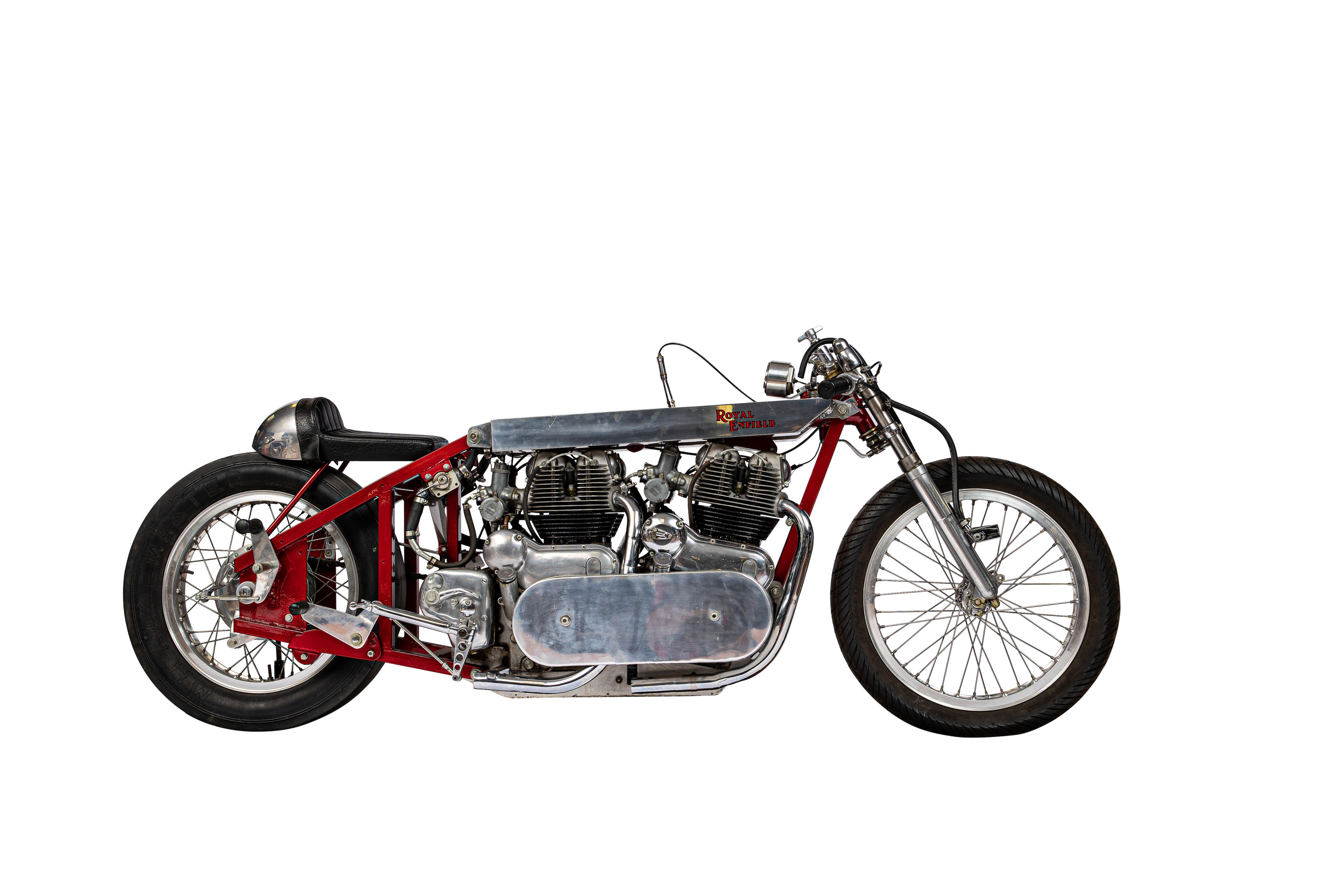
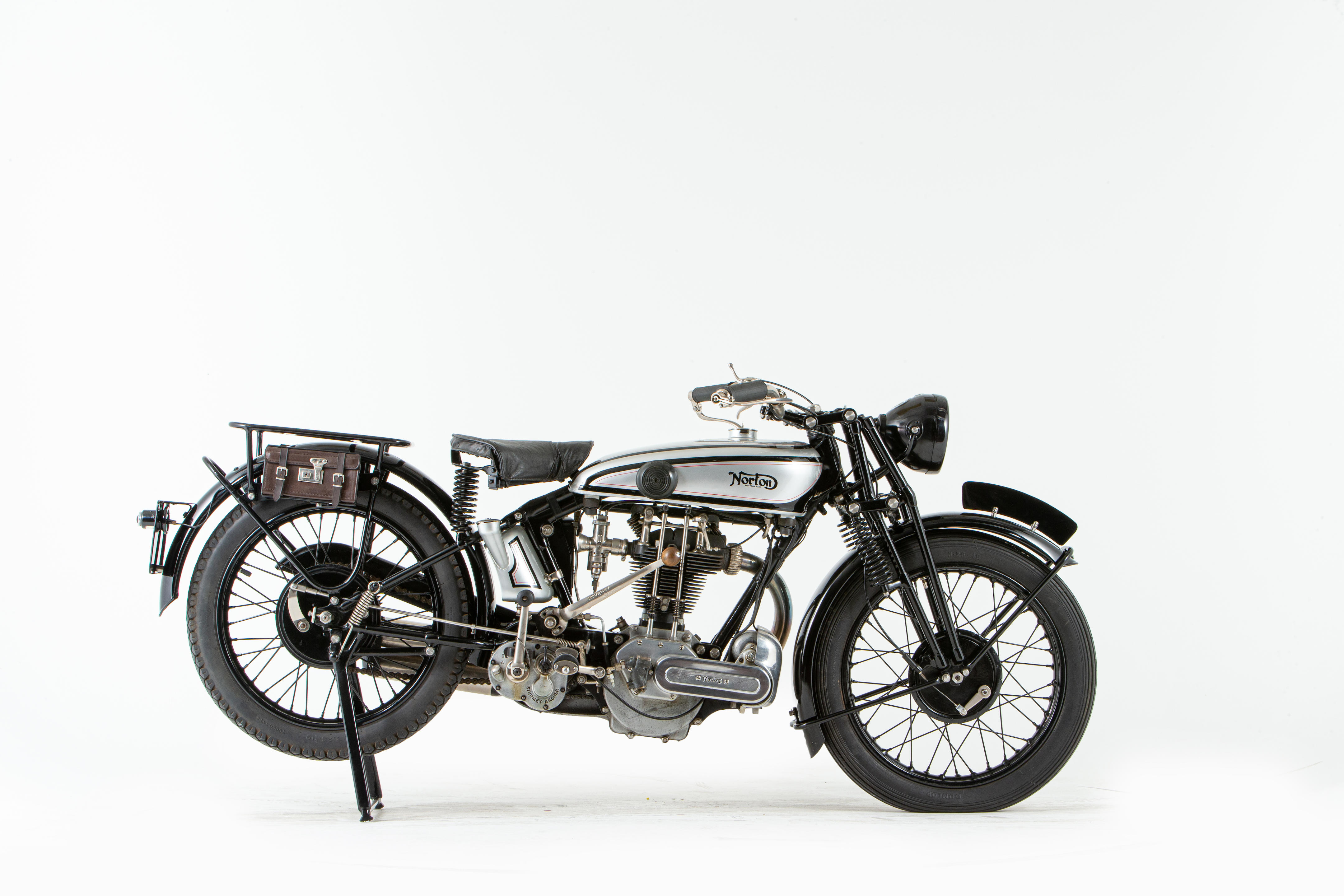




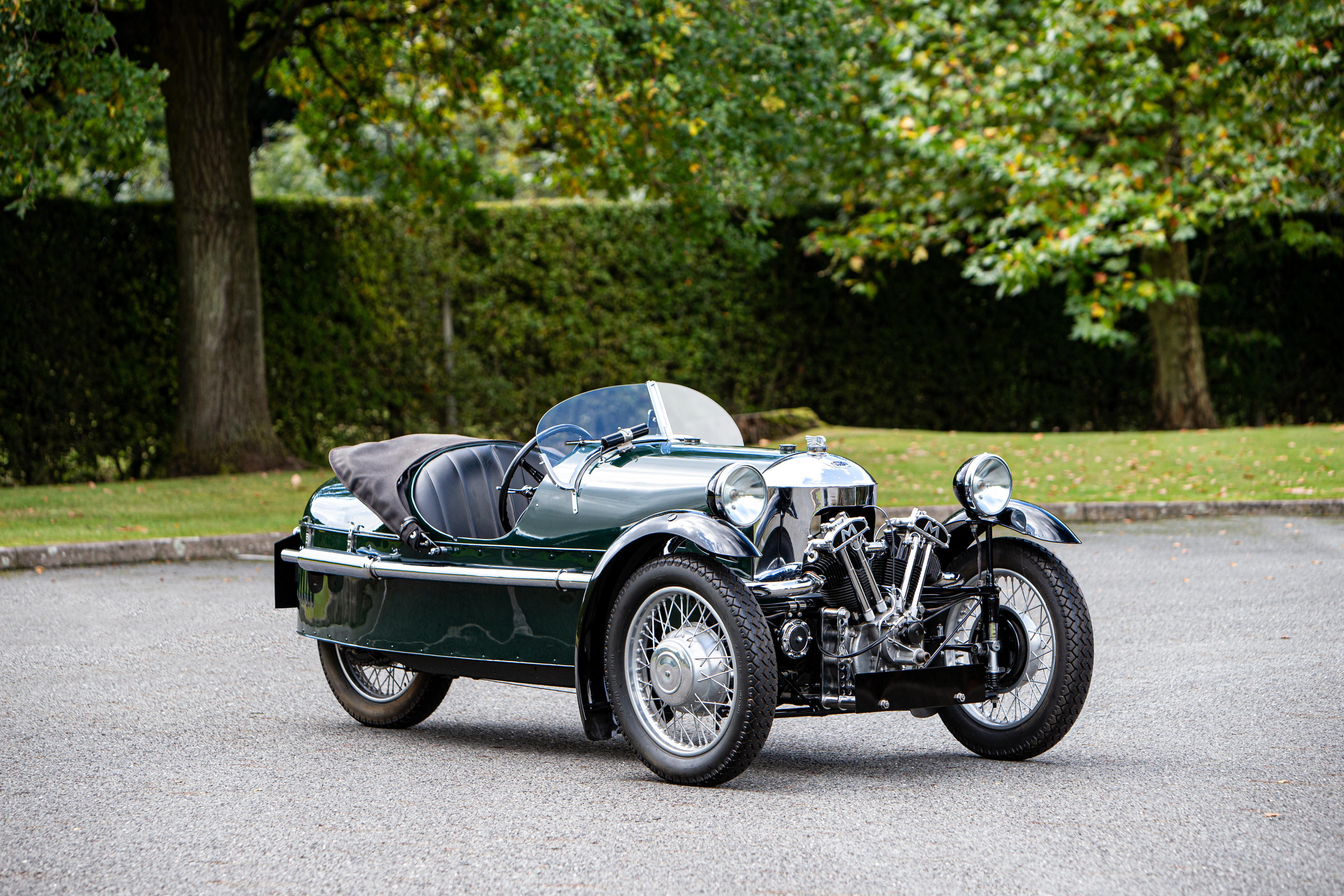
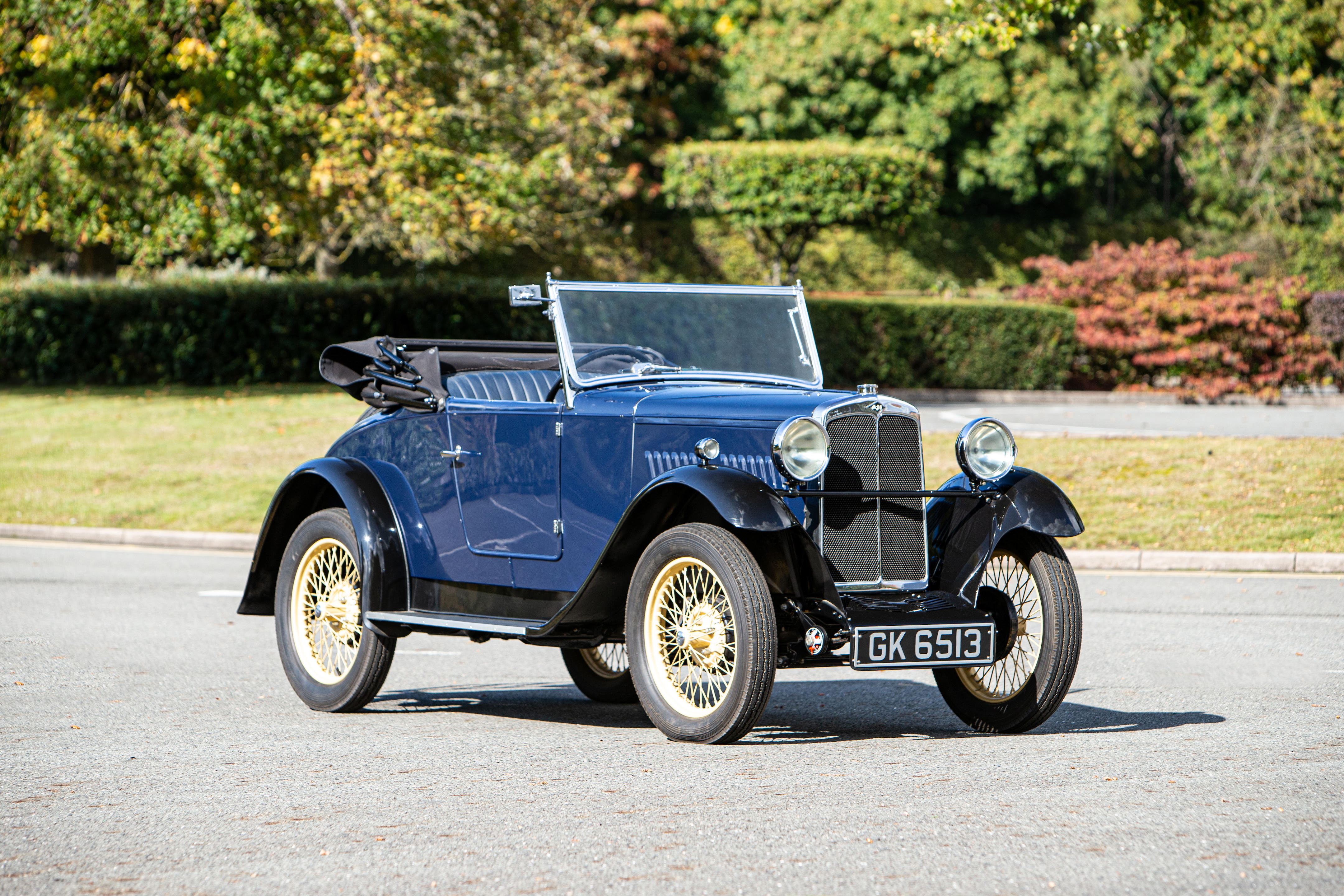

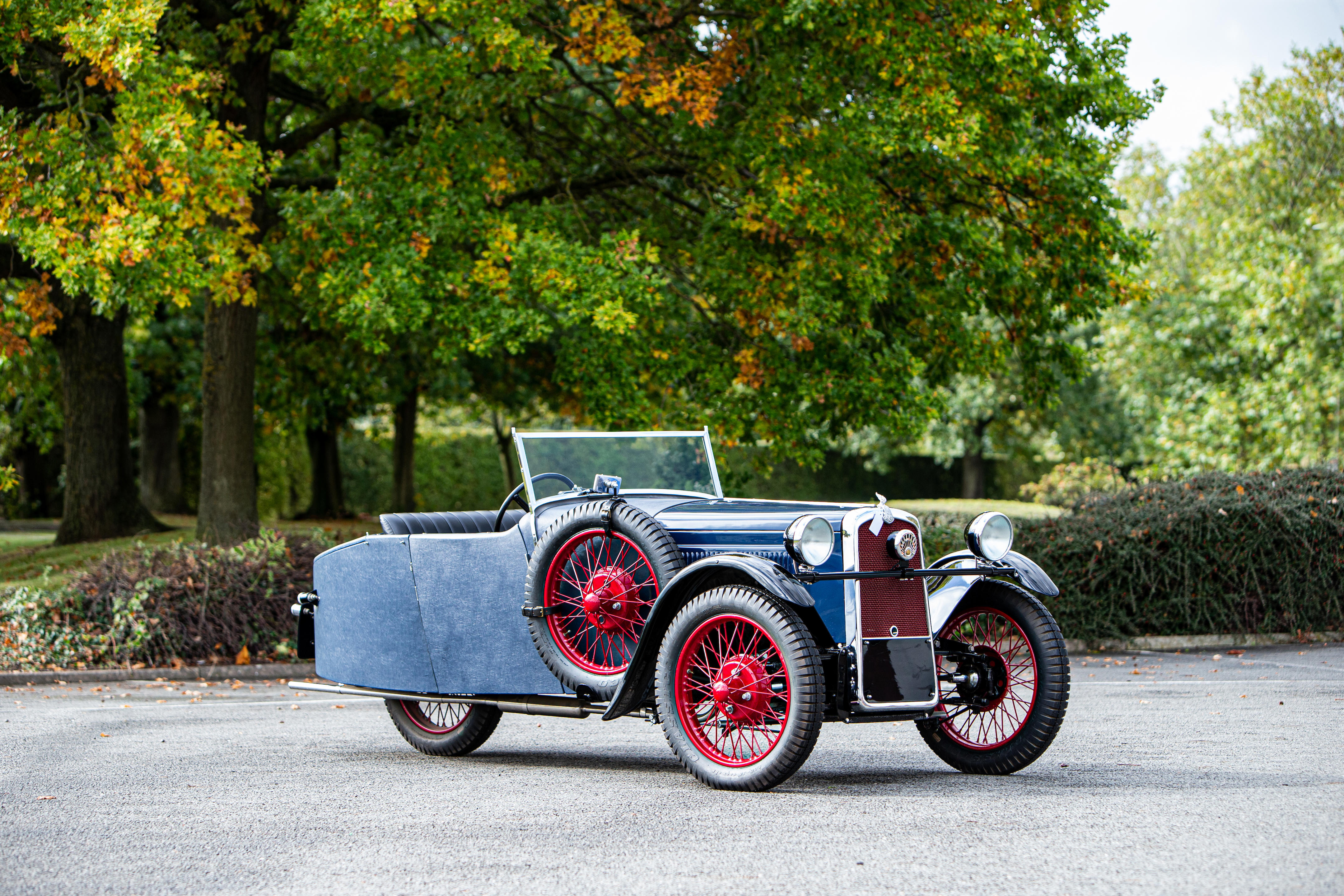
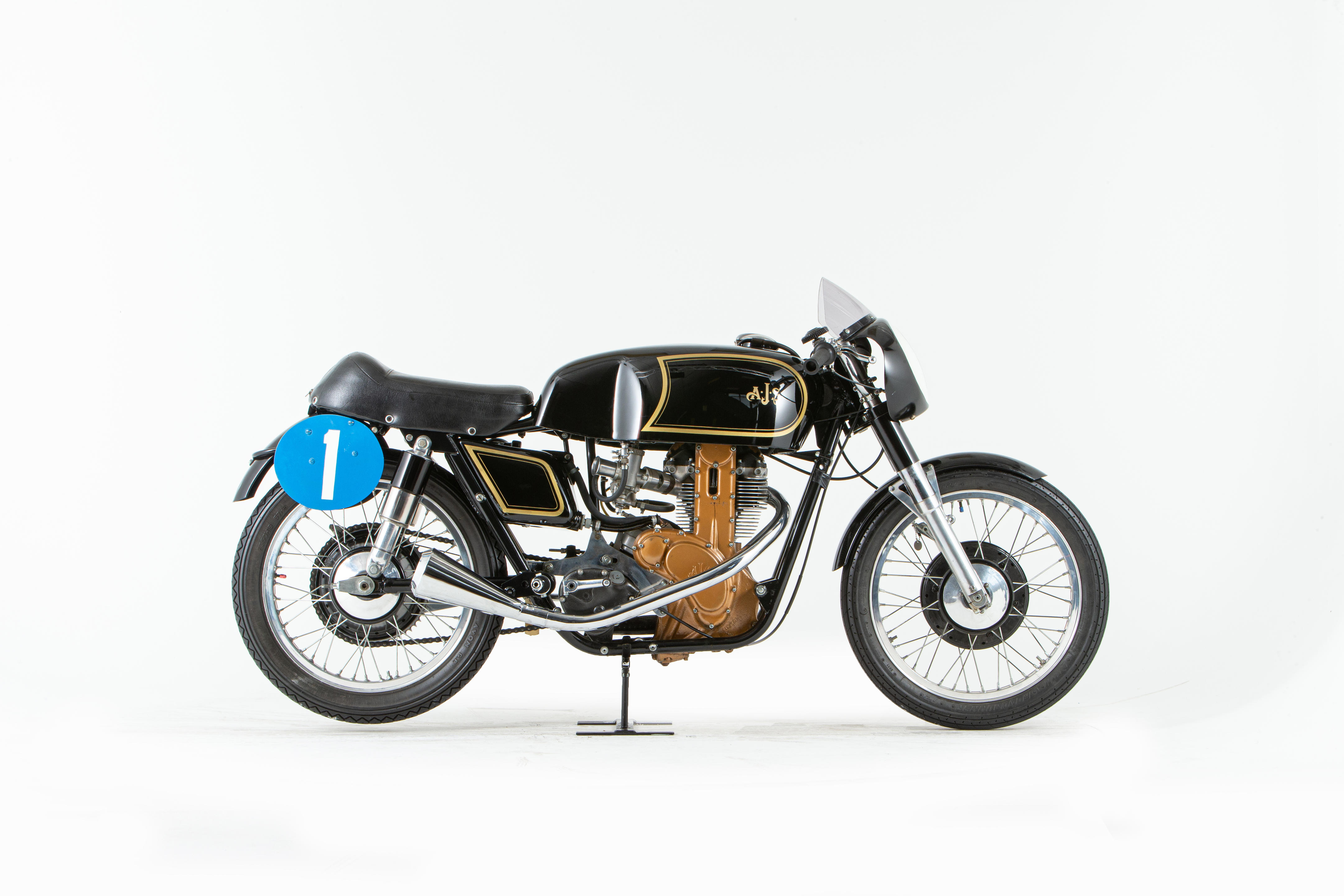
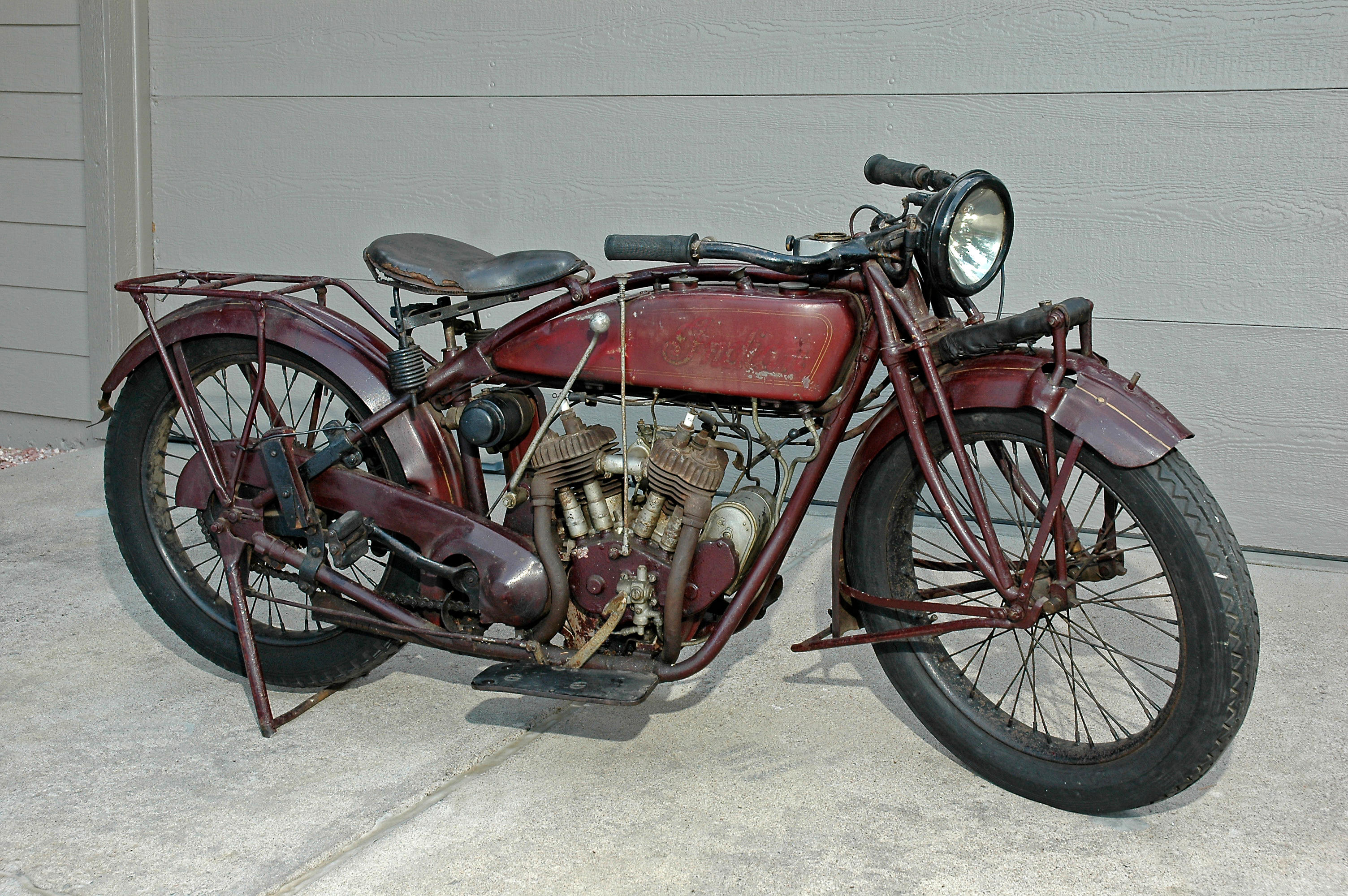
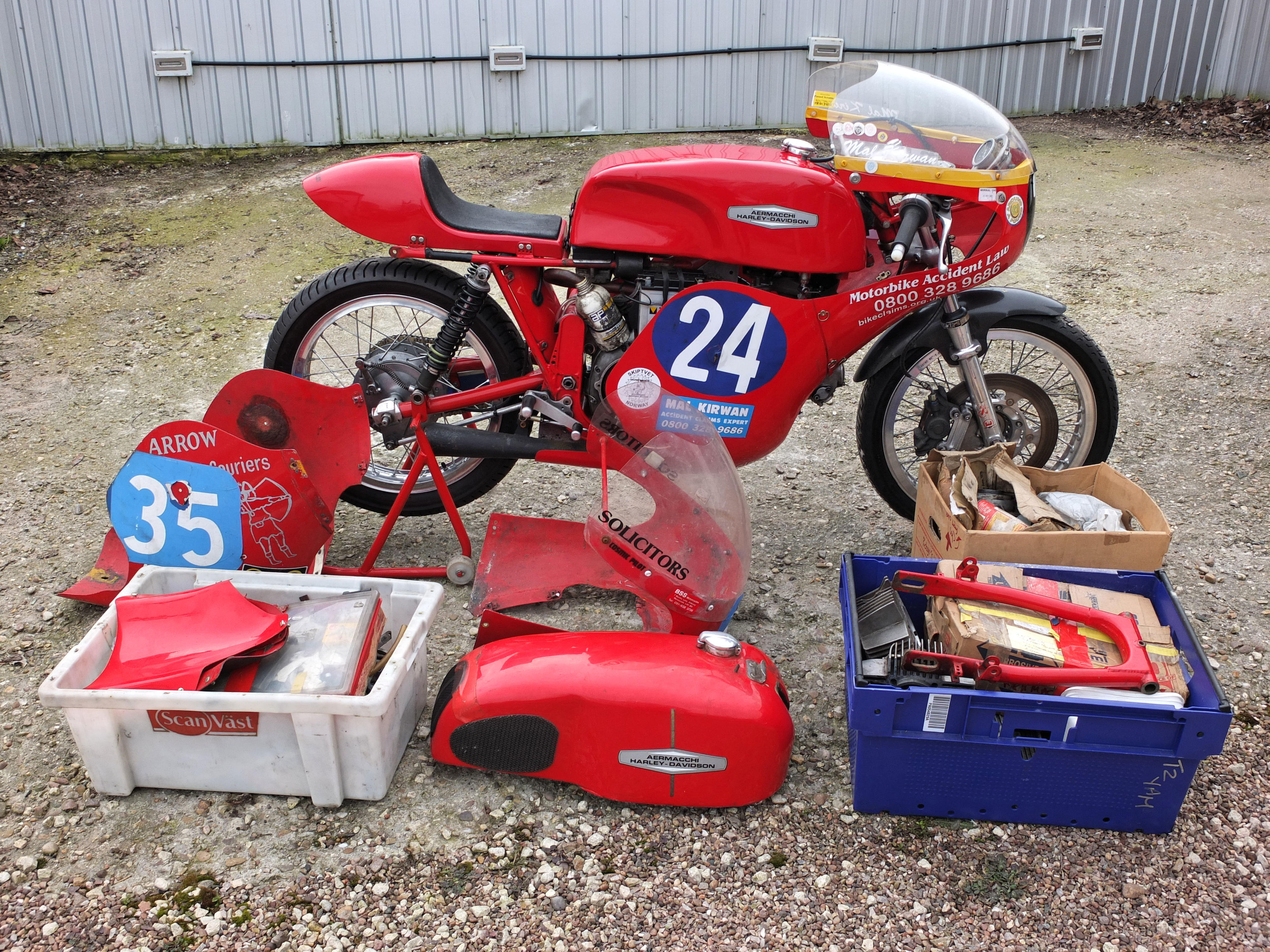
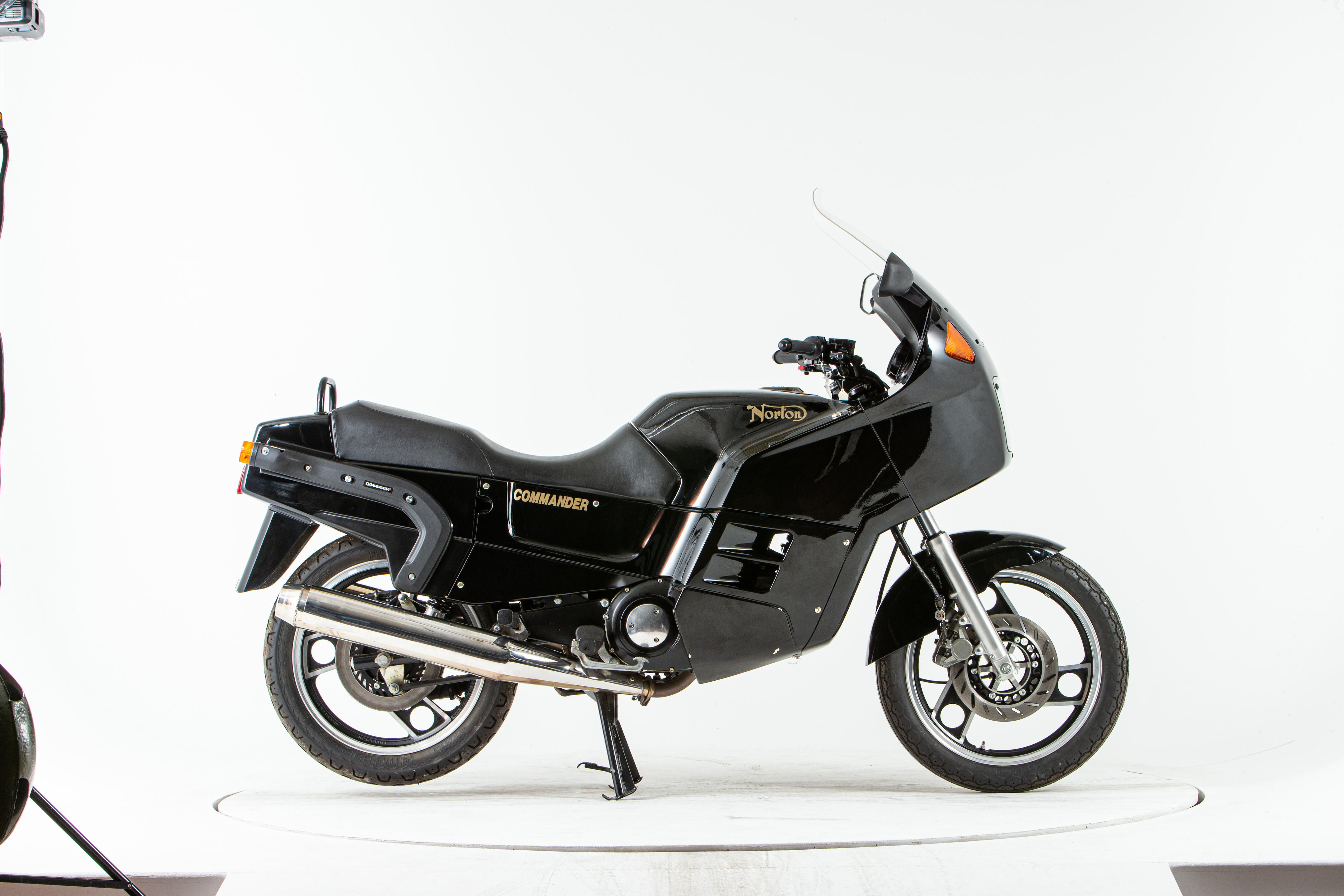
Testen Sie LotSearch und seine Premium-Features 7 Tage - ohne Kosten!
Lassen Sie sich automatisch über neue Objekte in kommenden Auktionen benachrichtigen.
Suchauftrag anlegen